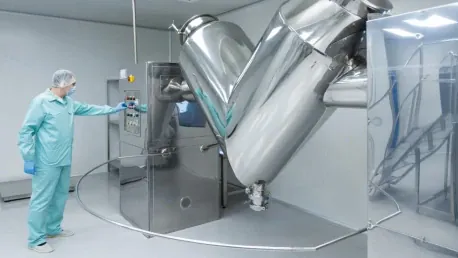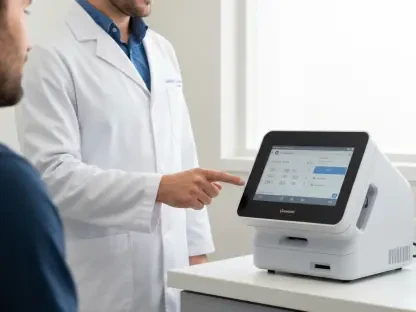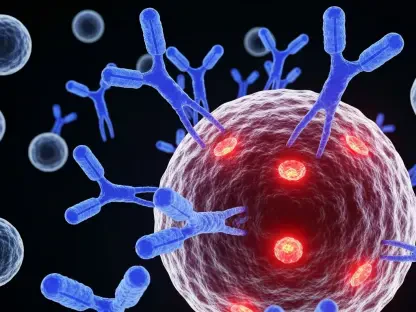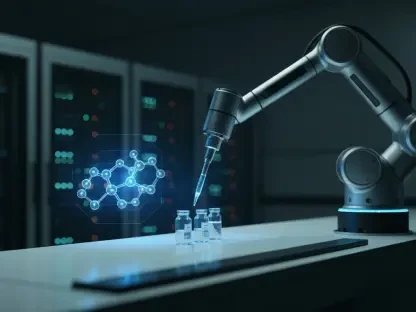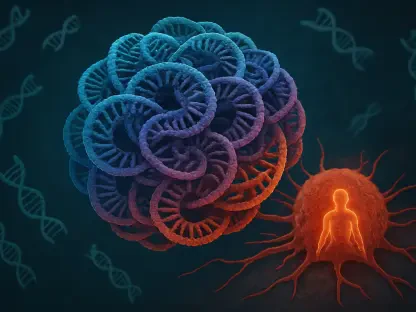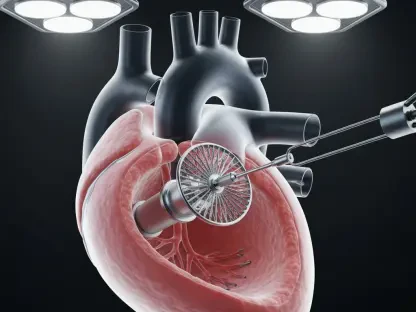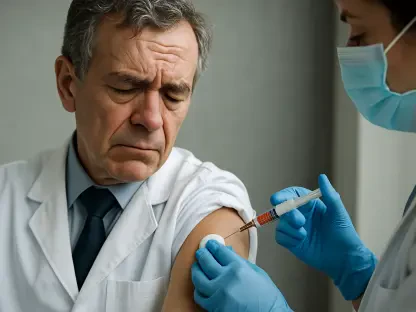The bioprocessing industry has undergone a rapid series of ebbs and flows over the past few years. Once riding high on a wave of growth driven by the urgent demands of the COVID-19 pandemic, the industry has recently experienced a marked downturn. The question on everyone’s mind is: Is the recovery that’s taking hold sustainable? As companies like Sartorius, Thermo Fisher Scientific, and Danaher navigate the turbulent waters of fluctuating demand and economic instability, industry analysts are closely watching for signs that might point to a more stable and prosperous future. The signs of a bounce-back are emerging slowly but surely, but the complexities surrounding this potential recovery make the outlook anything but straightforward.
The Boom: A Decade of Growth Fueled by Innovation and Demand
The bioprocessing sector has long been buoyed by the biopharma industry’s consistent demand for innovative solutions, particularly single-use equipment and consumables. This steady growth, clocking in at around 12% to 13% annually, allowed companies such as Sartorius and Thermo Fisher Scientific to record even more substantial year-on-year increases. Over nearly a decade, the industry enjoyed unparalleled success, driven not only by technological advancements but also by an increasing global focus on healthcare and biotechnology.
As the COVID-19 pandemic unfolded, the urgency for vaccine and therapeutic production sent the industry into overdrive. The spike in demand for bioprocessing products was unprecedented, fortuitously aligning with the sector’s strengths and capabilities. Enhanced by massive governmental and institutional investments in healthcare, the industry saw a meteoric rise in orders and shipments. However, this rapid expansion was not without its caveats. The heightened demand proved unsustainable in the long run, sowing the seeds for subsequent instability as the world started to emerge from the pandemic crisis.
The Bust: Destocking and Decreasing Biotech Funding
The spectacular boom soon gave way to a significant slump as COVID-related projects began to wane. What followed was a period marked by reduced orders and declining biotech funding, as the industry’s earlier frenzy was replaced by normalization. A key factor aggravating the situation was the phenomenon of destocking, where vendors saw their book-to-bill ratios plummet, leading to year-on-year sales declines in the range of 15-20%. This downturn was a stark reminder of the fragility underlying the pandemic-induced growth surge.
The normalization of demand demonstrated how much the pandemic had inflated the industry’s numbers. As manufacturers and suppliers adjusted to the post-pandemic reality, the strain on inventory and financial stability became apparent. This destocking phase, coupled with reduced biotech funding, shook the foundations of many industry players. Investors and stakeholders, who once had soaring expectations, found themselves recalibrating their strategies in the face of diminished optimism. The overarching sentiment in the industry turned cautious, with a significant focus on mitigating further downturns.
Signs of Life: Indicators of Recovery and Stabilization
Third-quarter reports from 2024 suggest that the industry may have turned a corner, as data from industry leaders such as Sartorius and Thermo Fisher Scientific point to encouraging signs of stabilization and potential recovery. Sartorius reported an 8.4% increase in order intake, a critical metric that suggests the industry might be moving past the destocking phase. These numbers serve as a beacon of hope for an industry that has faced months of uncertainty and declining sales.
Similarly, Thermo Fisher noted strong sequential and year-over-year order momentum, reinforcing the emerging narrative of recovery. These positive indicators suggest that the bioprocessing sector might be on the cusp of a broader upswing, fueled by restored confidence among both suppliers and consumers. Industry analysts are beginning to see the light at the end of the tunnel, although the path forward is likely to be fraught with challenges. The notion of recovery, while gaining traction, is still tempered by a cautious optimism that acknowledges the sector’s recent volatility.
Monoclonal Antibodies: A Stable Pillar Amidst Volatility
One consistent driver of revenue in the sector has been the demand for monoclonal antibodies, which have shown resilience and continue to offer promising growth even as other areas falter. Larger biopharma companies and contract development and manufacturing organizations (CDMOs) are focusing on increasing their production volumes, leveraging their more substantial resources and established market presence. This stability in demand is fostering a more optimistic outlook, particularly among the larger players in the market who have the ability to weather economic fluctuations better than their smaller counterparts.
While this sector proves to be a stable pillar of revenue, caution remains among smaller biotech firms. Despite seeing a slight uptick in funding, these companies are hesitant to fully commit to new investments. The financial prudence displayed by these smaller entities highlights a broader trend of cautious optimism that pervades the industry. As such, while monoclonal antibodies provide a reliable stream of income, the overall industry recovery requires a broader, more diversified approach to ensure long-term sustainability.
The Road Ahead: Navigating Continued Volatility
Despite the positive signs, the bioprocessing industry isn’t entirely out of turbulent waters, with the equipment business in particular remaining a volatile segment. Recovery appears segmented, with larger, more established biopharma companies spearheading the rebound while smaller biotechs lag behind. This dichotomy not only highlights the uneven nature of the recovery but also underscores the challenges that lie ahead in achieving a wholly balanced resurgence.
Industry leaders are cautiously optimistic, recognizing the stabilization but wary of ongoing unpredictability in broader economic and funding environments. The trajectory seems to favor a gradual recovery, with a return to pre-pandemic growth rates anticipated over the longer term. However, with mixed signals and varying degrees of recovery across different segments of the market, stakeholders must remain vigilant. Adapting strategies to navigate an ever-evolving landscape will be crucial for leveraging new opportunities and mitigating risks.
The pieces are in place for a potential rebound, but sustained recovery will require a delicate balance of innovation, investment, and strategic foresight. As the bioprocessing industry looks toward the future, the lessons learned from the past few years will undoubtedly play a significant role in shaping the road ahead. Employing a nuanced approach, focusing on diversified revenue streams, and maintaining financial prudence will be essential as the sector strives for long-term stability and growth.
Conclusion
The bioprocessing industry has experienced significant fluctuations in recent years. Initially, the sector saw substantial growth driven by the urgent needs prompted by the COVID-19 pandemic. However, this surge has been followed by a noticeable decline, raising concerns about the industry’s future. The pressing question is whether the emerging recovery is sustainable. Companies such as Sartorius, Thermo Fisher Scientific, and Danaher are navigating through a landscape marked by inconsistent demand and economic instability. Industry analysts are closely monitoring these companies for indicators of a more stable and prosperous future. While signs of recovery are slowly starting to surface, the complexities involved in this potential rebound make the outlook anything but straightforward. The entire sector is at a crossroads, and the outcome will depend on how effectively these companies can adapt to changing conditions. Analysts believe that, with careful navigation, there is hope for a sustainable and prosperous future for the bioprocessing industry.
